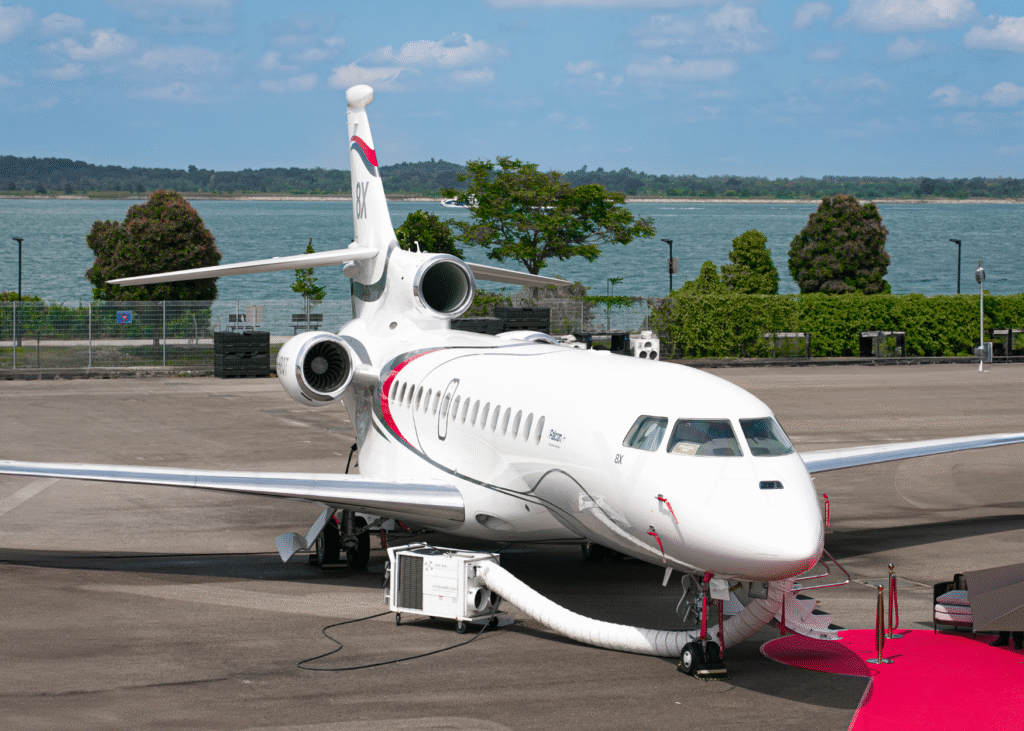East Africa’s business jet sector is showing steady growth, fueled by increasing demand from governments, corporations, and HNWIs seeking efficient travel across vast, often underserved regions. The post-pandemic surge in private aviation continued to influence preferences for flexible, health-conscious, and time-saving air travel.
Market Growth and Demand Drivers

- While East Africa accounts for a small share of global operations, demand was rising, especially in Kenya, Tanzania, and Uganda. Business jets proved vital for accessing remote areas and supporting projects in mining, energy, and infrastructure. Nairobi remained the regional hub, with improvements seen in Kigali, Addis Ababa, and Dar es Salaam. The need for point-to-point travel and poor commercial connectivity in some areas further supported growth.
Aircraft Types and Operators
- Popular aircraft in the region included Embraer’s Phenom 300, Bombardier’s Challenger 350, and Cessna Citations, valued for their range, operating efficiency, and ability to handle shorter runways. Governments and private charter firms focused on mid-sized and light jets, while larger jets like the Gulfstream G650 were mainly used for diplomatic and VIP transport.
Ownership and Access Models

- While outright ownership remained dominant, fractional ownership and membership programs began gaining attention. Operators in Kenya and Rwanda introduced jet card options for regional executives, indicating a shift toward more flexible models.
Sustainability and Technology
- Sustainability efforts were in early stages. SAF adoption remained minimal, though awareness of green aviation practices grew. New aircraft entering the region featured improved connectivity, air filtration systems, and customizable cabins, aligning with global health and comfort standards.
Outlook
- Despite economic pressures and limited infrastructure, East Africa’s business aviation market showed long-term promise. Aging fleets, regional integration efforts, and increased investment in FBOs suggested steady growth ahead. With more companies and government entities embracing private air travel, East Africa is gradually becoming a more active player in the global business jet landscape.


